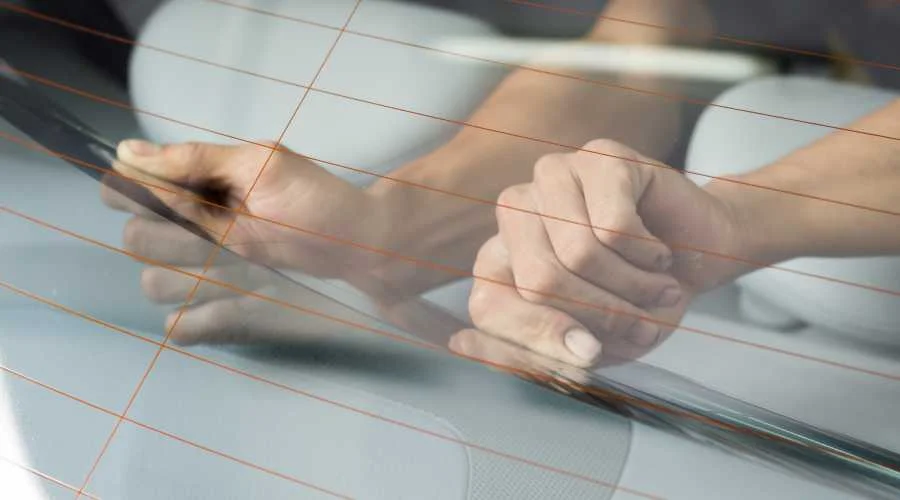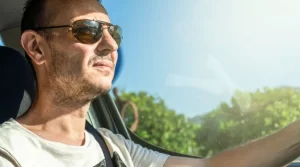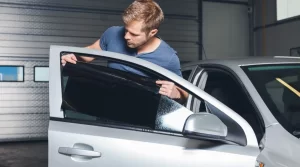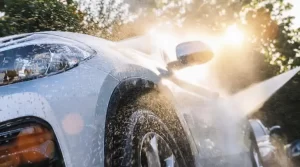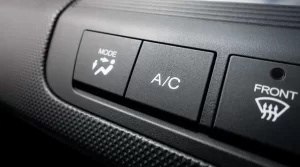With so many advantages for car owners, including heat reduction, privacy, and UV protection, automobile tinting has become a trend in the automotive business. Vehicles with tinted windows also look more stylish, giving them a more contemporary, sleek appearance.
Tinting your automobile windows has a remarkably high return on investment and much more advantages than disadvantages. Numerous automobile tinting styles have evolved throughout the years, and it’s interesting to consider some of the most well-liked trends from the past.
We have been at the forefront of most trends and are always setting new ones with our cutting-edge styles and methods. Join us as we look back on some past car tinting trends and make predictions for the future.
Ceramic Tinting
Early in the new millennium, ceramic window tinting was created as a more modern substitute for conventional dye window tinting. Because the ceramic layer offered greater heat reduction compared to other materials, it was considerably more than just an aesthetic improvement that made this trend popular. It also lessened brightness and provided protection from UV rays, which may seriously hurt skin. Additionally, it stood out because, unlike conventional dye tint, it was more resilient and did not fade or change color. We recognize this trend and continue to capitalize on it by convincing our clients to avoid purchasing tint films that are less expensive and less effective.
Color Tinting
One of the most well-liked car tinting (and sunglasses) trends in the 1980s and 1990s was color tinting. The car’s aesthetics were further improved by the color tints, which came in a variety of shades and colors. During this time, a parking lot would be filled with numerous vehicles that had windows that were tinted blue, red, green, or even purple. Fans of lowrider culture and auto aficionados were particularly fond of the concept. But as time went on, the fad lost its appeal and is now less widespread. Colored tints like yellow, red, and blue are really outlawed in the majority of jurisdictions, including California, since they affect the way street lights and signs seem to drivers, making them extremely risky.
Chrome Tinting
Another well-liked car tinting trend that started in the early 2000s was chrome tinting. The windows of the car were coated with a film in order to give them a reflective, mirror-like surface that resembled chrome. As it offered a distinctive appearance and completed the automobile’s final design, this kind of tinting immediately became a favorite among car modifiers and customization fans. However, due to the difficulty of seeing through such tinted windows, it didn’t remain popular for very long. Again, because it interferes with the driver’s eyesight and distracts other drivers, many states have forbidden it. Numerous chrome tints also dangerously reflect light into other drivers’ windows and mirrors.
Matte Tinting
The popularity of matte tinting peaked in the late 2000s and early 2010s. It had a tinted coating that gave the automobile a matte or satin surface and gave it a subdued homogeneous appearance that was ideal for cars with darker colors. This tint trend gained popularity since it could be tailored to match different color schemes, give the vehicle a good smooth finish, or go well with the in-vogue wrap films.
Carbon Tinting
One of the most well-liked car tinting trends at the moment is carbon tinting. It is a premium tint that is produced from carbon particles. Superior heat reduction, durability, and UV protection are all provided by the carbon particles. Additionally, the carbon tint offers a high-tech aspect and a sleek appearance, which appeals to automotive fans. It offers great protection from the sun’s harmful UV rays while also reducing heat and glare.
The Evolution of Auto Tinting
Styles and trends continue to develop and evolve over time, just like everything else. Gradient tint and DIY tint are two of the newest trends in automotive window tinting.
As contrast to solid-colored window tint, gradient tint is the process of giving car windows an ombre appearance. DIY static tint kits, such as those offered by us, are growing in popularity as more customers make a personal investment in improving their vehicles. With our static tint, customers can apply their own tint themselves, enhancing their sense of self-worth. Additionally, DIY tint enables customers to tint their vehicles darker than the legally permitted VLT for short-term events like car shows, and then swiftly remove the tint to return the vehicle to street-legal status.
Since the 1980s, car tinting has become a common trend in the automobile business. The styles have changed throughout the years, moving from basic color tinting in the 1980s to cutting-edge technologies in the twenty-first century. Car owners are now exposed to fresh and cutting-edge tinting techniques every year. We should expect to see a lot more fascinating trends emerge in the tinting sector as a result of better materials, better techniques, and advanced technologies. An key point to remember is to conduct careful study on the cost, legality, and optimum materials before putting any form of tint to your vehicle.

